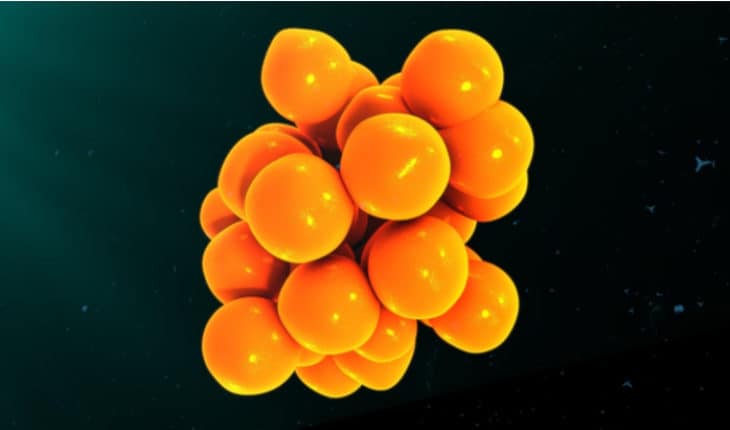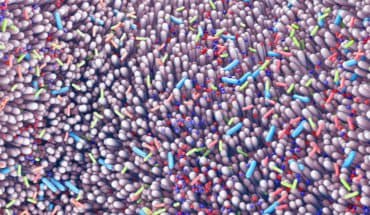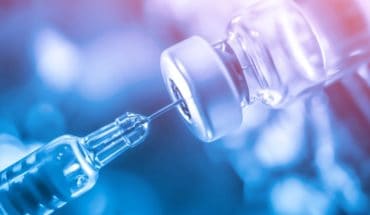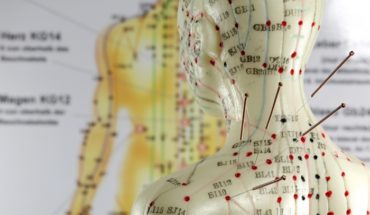How to predict severe influenza in hospitalised patients: Melbourne researchers have identified predictors of both severe disease and recovery in hospitalised influenza patients, finding that the immune system works in concert to fight influenza.
Published today in Nature Communications, the team from the Peter Doherty Institute for Infection and Immunity (Doherty Institute), Alfred Health and Monash University sought to understand which patients would recover quickly from influenza and which would become severely ill.
The four-year project took samples from patients hospitalised with influenza at up to five time points during their hospital stay, and 30 days after discharge. They analysed the breadth of the immune response, enabling them to describe the specific roles of several different types of immune cells, including killer and helper T cells, B cells and innate cells.
University of Melbourne Dr Oanh Nguyen, Research Fellow at the Doherty Institute, said two significant findings of the research include understanding the biomarkers that drive recovery and identifying four specific cytokines that cause serious inflammation during influenza virus infection.
“Cytokines are key molecules needed for a robust immune response. However, too much of these cytokines can result in inflammation and in the case of influenza, much more serious infection,” Dr Nguyen said.
“We found four specific types of cytokines that would cause severe inflammation, and this provides clinicians the ability to predict whether a patient will become really sick with influenza.”
The team also consistently saw large populations of immune cells called T-follicular helper cells, working in parallel with antibody-secreting cells, in patients at around three days prior to their recovery.
“These findings are the first to report the importance of T-follicular helper cells during acute influenza virus infection, following previous discoveries from our work and others on the key role of these immune cells after influenza vaccination. Signs of these cells could be used as a biomarker for recovery from influenza,” Dr Nguyen said.
Professor Allen Cheng, Director of Infection Prevention and Healthcare Epidemiology at Alfred Health and Professor of Infectious Diseases Epidemiology at Monash University, said this had been a great collaboration between clinicians and world-renowned immunologists, and a good example of ‘bedside to bench’ science.
“The COVID-19 pandemic, and before this, the swine flu pandemic, has highlighted the importance of improving our understanding of respiratory viral infections to improve the identification of patients at risk of severe outcomes and potentially future treatments,” Professor Cheng said.
University of Melbourne Professor Katherine Kedzierska, Laboratory Head at the Doherty Institute and world-leading influenza immunologist, said this research laid the groundwork for her team’s understanding of how the immune system responds to COVID-19.
“Because of our years of experience, experimental set up, knowledge and collaborations with Alfred Health for this and other influenza studies, we had the speed and agility to apply our work to immune studies of COVID-19,” Professor Kedzierska said.
“This influenza study was the blueprint for our COVID-19 research.”
- Combination of drugs could prevent thousands of heart attacks - 21st April 2025
- UQ Study Links Poor Teen Diets to Heavy Social Media Use - 21st April 2025
- Gut microbiome could delay onset of type 1 diabetes - 3rd April 2025






